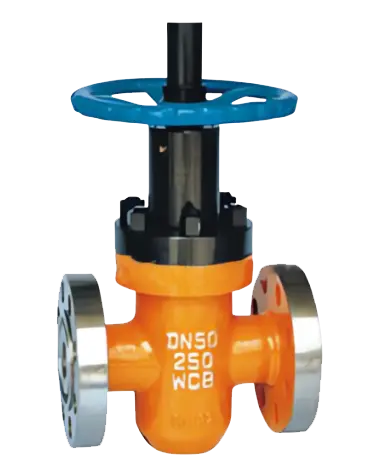Parallel gate valves are crucial control devices extensively used in industrial piping systems. These valves manage the opening and closing of fluid flow through dual gate plates arranged in parallel, achieving sealing through direct contact between the plates and the seat. Particularly effective in low-pressure and low-temperature environments, parallel gate valves are ideal for applications requiring frequent operation, such as water treatment and natural gas transportation.

1. Structure and Working Principle
The design of parallel gate valves features two vertically moving parallel gate plates that open and close the valve. When the valve is closed, the gate plates descend and create parallel contact with the seat, forming a tight seal under fluid pressure or external forces. When opened, the gate plates lift, allowing for unobstructed fluid flow through the valve.
2. Main Features
Bidirectional Sealing: Parallel gate valves offer reliable sealing performance regardless of the fluid flow direction, facilitating bidirectional flow and enhancing installation flexibility.
Ease of Operation
The gate plates do not require wedging, resulting in relatively low operating torque during opening and closing. This characteristic makes them particularly suitable for applications that demand frequent operation.
Unobstructed Full-Open Design
In the fully open position, the gate plates are entirely removed from the fluid pathway, ensuring smooth flow with minimal resistance.
3. Applicable Working Conditions
Low Pressure and Low Temperature Environments
Ideal for water treatment, natural gas transportation, and low-pressure steam applications.
Frequent Operation Applications
Suitable for valve control in pump stations and tank systems where regular opening and closing is necessary.
Abrasive or Particulate Media
The parallel design minimizes wear between the gate plates and the seat, making these valves effective for handling fluids containing particles.
4. Advantages and Limitations
Parallel gate valves offer several advantages, including ease of operation, convenient maintenance, and effective bidirectional sealing. However, their sealing mechanism relies on fluid pressure or external force, which may lead to less effective sealing in high-pressure situations compared to wedge gate valves. Consequently, parallel gate valves are more commonly used in low-pressure systems rather than in extreme conditions involving high temperatures and pressures.
5. Maintenance and Upkeep
Maintaining parallel gate valves is relatively straightforward, primarily involving regular inspections of the contact points between the gate plates and the seat to detect any wear or damage. If the valve is equipped with a spring or lever system, periodic checks are necessary to ensure proper operation and effective sealing under low-pressure conditions.
